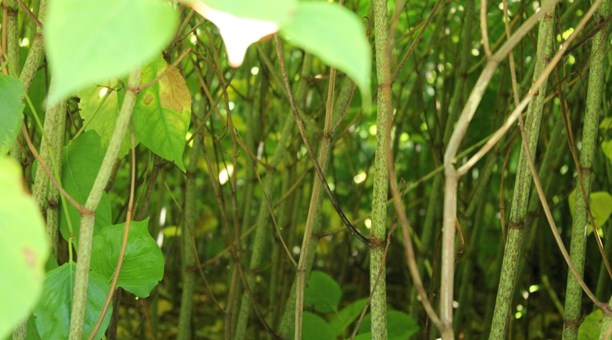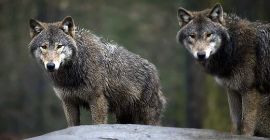Invasive plant threatens Sweden

An East Asian plant called Japanese knotweed has put down roots in the south of Sweden.
Despite being classified as a dangerous invasive species, Swedish authorities haven’t reacted to the threat yet.
It looks harmless and has been widely used in private gardens, but Japanese knotweed has caused numerous problems in many European countries and is now threatening to spread in the southern Swedish county of Halland. Biologist Nils-Gustaf Nilsson studied the expansion of the plant in the region and found several wild specimens outside Ljungby.
“When we inventoried, we had squares of 5 by 5 kilometers, and we didn’t find it in all squares, but we did find it in many throughout the county,” Nilsson tells Swedish Radio in Halland.
This invasive species, which has been banned in Britain, only needs a small root stub to germinate. Japanese knotweed thrives in Europe’s climate and a small bush can become several meters tall in one year. As it grows, it kills everything around it.
“If you want to get rid of it, you need to chop it down to its base and cover it with black plastic for years,” Nilsson explains.
‘Time to step in’
Despite being a serious threat to biodiversity, it is not included in the Swedish Environmental Protection Agency’s national plan for foreign species. Johan Näslund works at the environmental agency and believes it is time to step in.
“If we think of the problems it has caused in, for example, Germany, we see it’s a threat, it can take over,” Näslund says.
Its invasive root system and strong growth can damage concrete foundations, buildings, flood defences, roads, paving, retaining walls and architectural sites. The European Union is currently discussing a common strategy to fight its expansion, according to Näslund.
“Sweden supports it, but other countries are against it, as the problem has gone to far and it is virtually impossible to do anything about it,” he says.
Japanese knotweed isn’t as widespread in Sweden as in other European countries, but the risk is still there. The environmental agency has warned against planting it private gardens and encourages everybody to inform the authorities if they find any specimens in the wild.
Related stories from around the North:
Canada: Study shows polar bears relocating to icier Canadian Archipelago, Alaska Dispatch News
Finland: Five invasive species threatening Finland’s nature, Yle News
Sweden: Sharp-edged mussel invades southern Sweden, Radio Sweden
United States: Invasive plant found in Alaska floatplane lake, Alaska Dispatch News




I would like to know where to report this plant! There is some growing in some old growth forest and it would be a shame to see it destroy the ecosystem there. If anyone can help please don’t hesitate to reach out!
madelinec.clarke@live.com